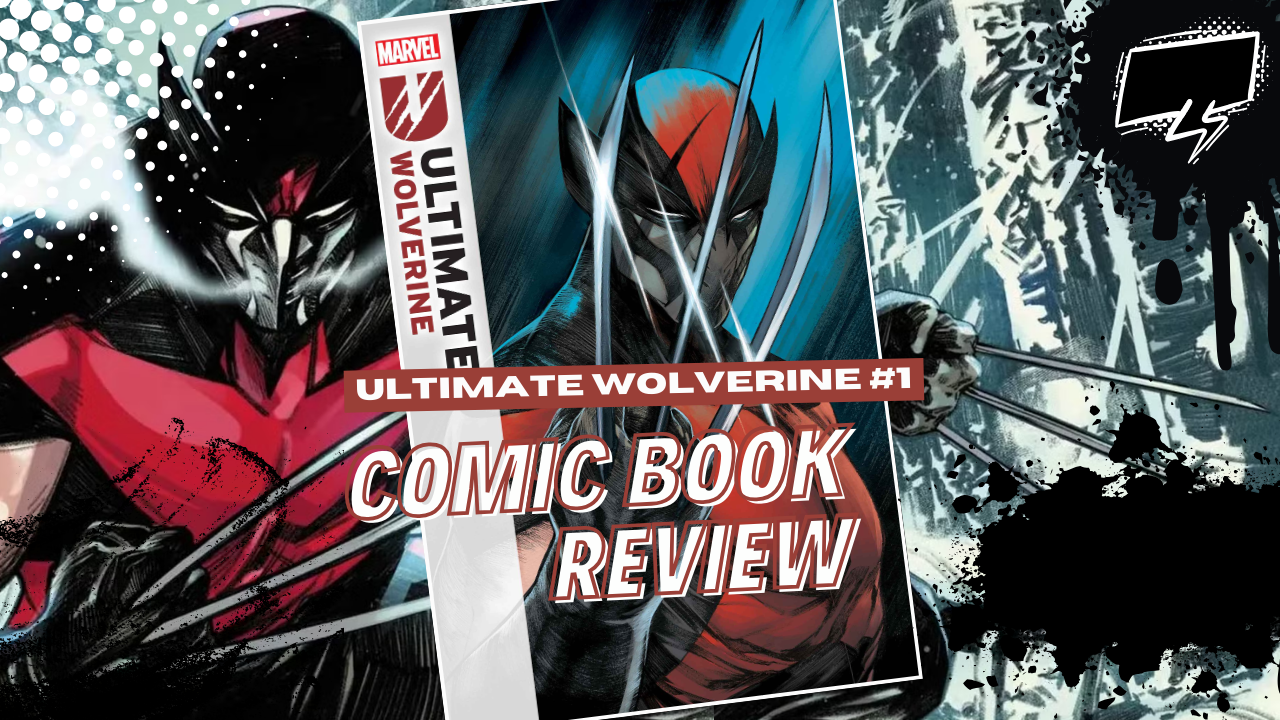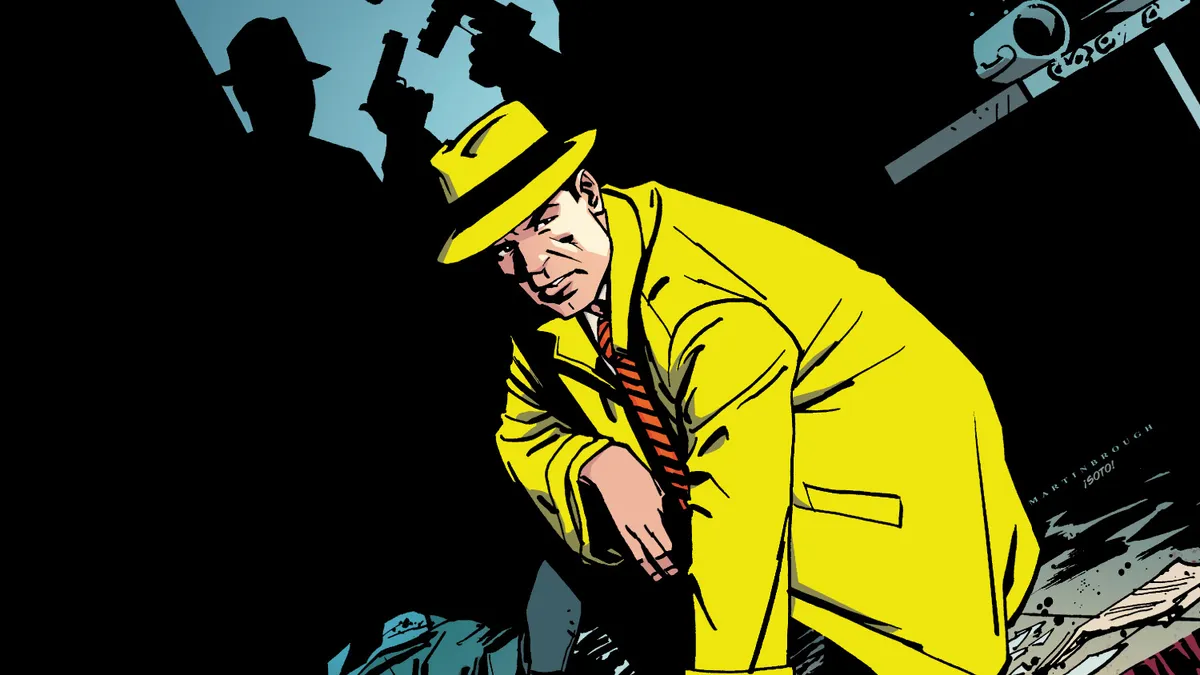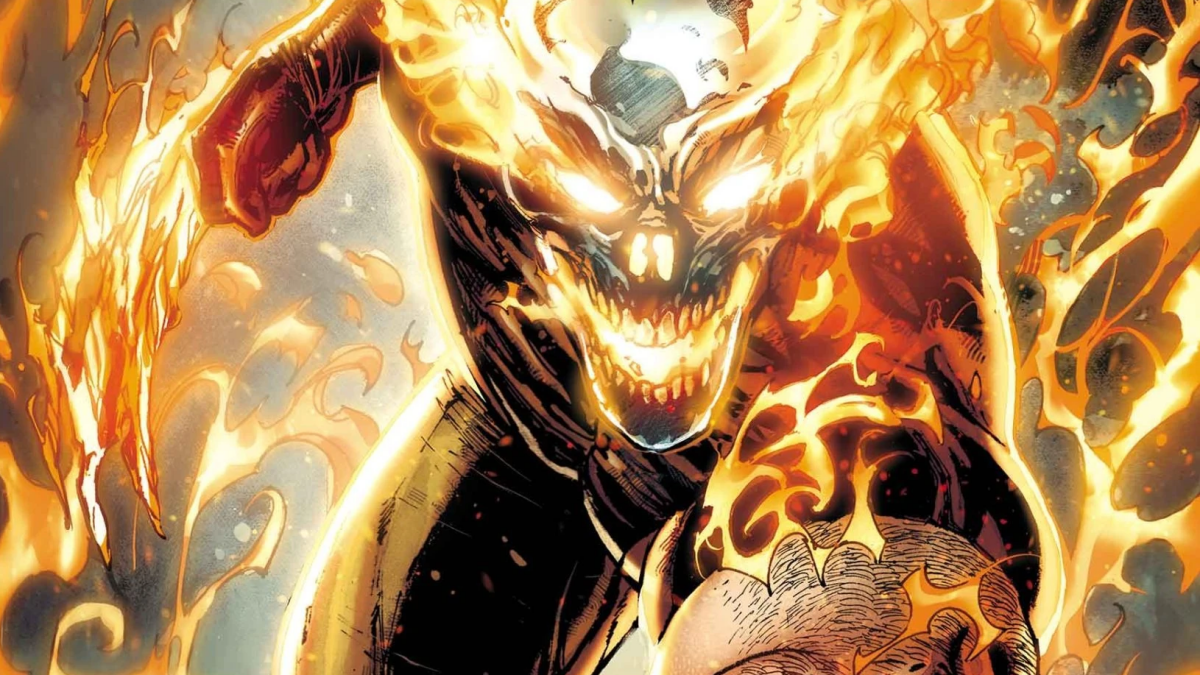Few Batman stories have had the lasting impact of Hush. First introduced in Batman #608 in 2002, the mystery-driven saga by writer Jeph Loeb and artist Jim Lee quickly became a defining moment in the Dark Knight’s history. Over two decades later, its influence still looms large, shaping the way modern Batman stories unfold. Now, after more than twenty years, Loeb and Lee have returned to the Gotham they helped redefine, bringing with them a new chapter in the Hush saga: H2SH.
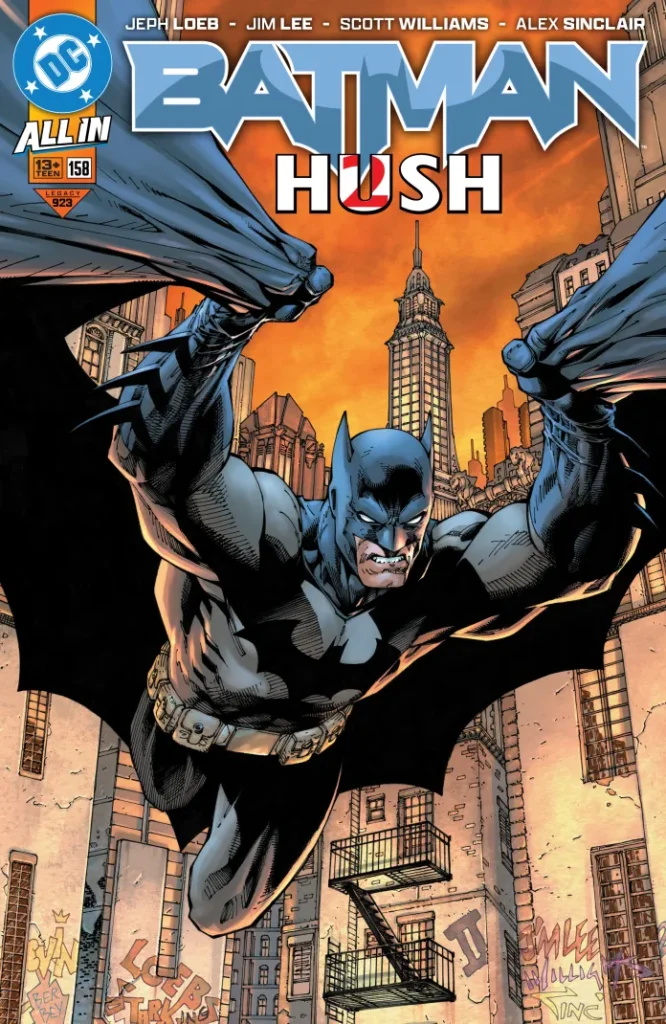
The anticipation surrounding Batman #158 is electric, as it marks the first time Loeb and Lee have reunited for a full-fledged sequel to their original tale. Hush was a masterclass in weaving Gotham’s rogues and allies into a sprawling mystery that constantly kept readers on edge. The question on everyone’s mind is simple: Can this new story recapture that same magic while adding something new to Batman’s mythology?
The issue opens with Batman locked in battle against the Joker, a familiar yet unsettling beginning that immediately pulls longtime fans into the world of H2SH. The Clown Prince of Crime is up to his old tricks—repeating the infamous “Laughing Fish” scheme from Detective Comics #475. But something is off. Batman, a master of deduction, quickly realizes that the Joker’s actions feel scripted, as if someone is pulling the strings. This is a classic Loeb setup—introducing a mystery through an intense, visually stunning action sequence before expanding the scope of the story.
Jim Lee’s artwork is as dynamic as ever. His meticulous detail, sharp panel compositions, and cinematic storytelling elevate the action beyond a simple fistfight. Whether it’s the grotesque image of Joker’s toxin warping his victims or the eerie shadows cast over Gotham’s skyline, every page is a reminder of why Lee’s Hush remains one of the most visually celebrated Batman stories of all time. With inking from Scott Williams and vibrant colors from Alex Sinclair, the issue has an unmistakable energy that blends classic and modern Batman aesthetics seamlessly.
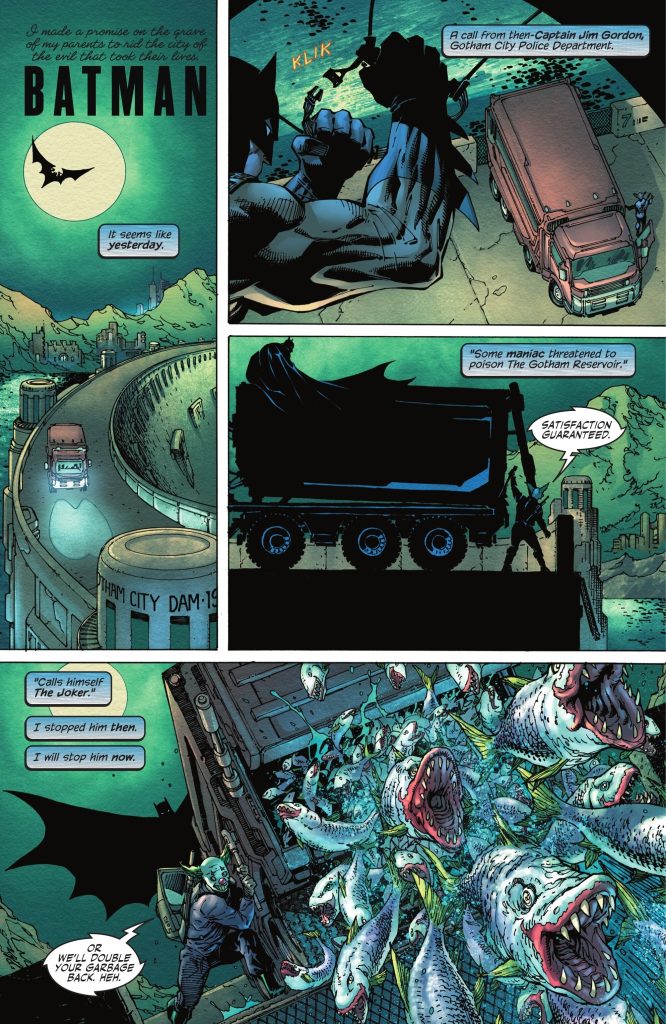
Beyond the battle with Joker, the story begins to unravel its central mystery. Batman interacts with a cast of familiar faces, from Nightwing and Batgirl to the ever-dangerous Talia al Ghul, who brings with her a reminder of how much has changed since the original Hush storyline. Unlike the Gotham of 2002, this is a world where Bruce Wayne has a son, Damian, a whole new generation of crime-fighters, and deeper emotional stakes. H2SH acknowledges this evolution, grounding itself in the present while paying homage to its past.
And then comes the revelation: Hush is back. Unlike in the original story, where Tommy Elliott’s identity as the mastermind was kept hidden until the climax, this time his presence is established from the start. But if Hush’s return is no longer a mystery, the true question remains—what is his plan? Loeb is a master at playing the long game, and with only six issues in this new arc (compared to the twelve of the original), every moment feels deliberate. The introduction of a mysterious new figure with a powerful voice and Joker’s strangely predictable behavior hint that the conspiracy at play is far bigger than just one villain’s revenge.
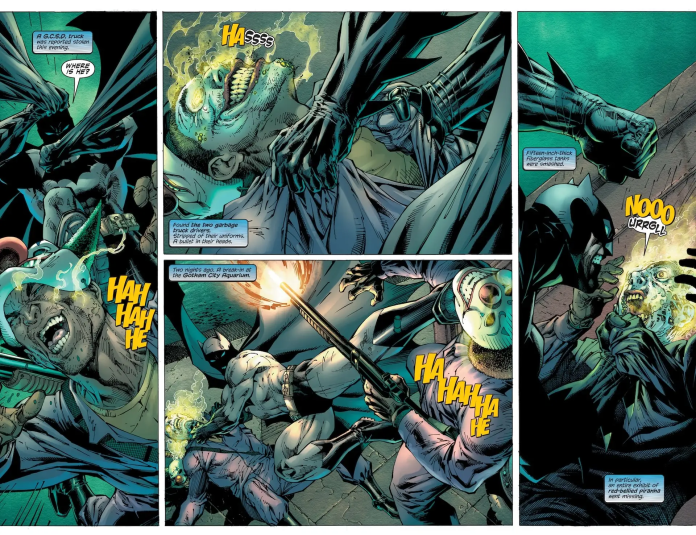
Hush’s original story was a game-changer for Batman, not only introducing Tommy Elliott but also laying the groundwork for Jason Todd’s return as the Red Hood. It cemented Batman’s rogue’s gallery as a network of unpredictable alliances and betrayals, emphasizing Gotham as a city where every shadow hides an enemy. With H2SH, Loeb and Lee seem poised to shake Batman’s world once again.
One of the most compelling aspects of this sequel is how it embraces Batman’s expanded mythos. While Hush was a product of its time—reflecting the Gotham of the early 2000s—this new story acknowledges the changes in Batman’s life. His relationships with his allies and enemies have evolved, and so has Hush. If Tommy Elliott was once a surgeon playing a long con to dismantle Bruce Wayne’s life, what does he represent now? The stakes are personal once again, but in a world that has grown darker and more unpredictable.
Perhaps the most intriguing challenge for H2SH is its pacing. Unlike Hush or Loeb’s other Batman epics like The Long Halloween and Dark Victory, which spanned twelve to thirteen issues, H2SH is condensed into six. This means that while the story must unfold at a rapid pace, it also has to maintain the depth and intrigue that made the original so compelling. Batman #158 wastes no time in setting up its threats, but Loeb’s signature slow-burn approach remains in play. The bigger picture is hidden in the margins, with clues waiting to be pieced together by both Batman and the reader.
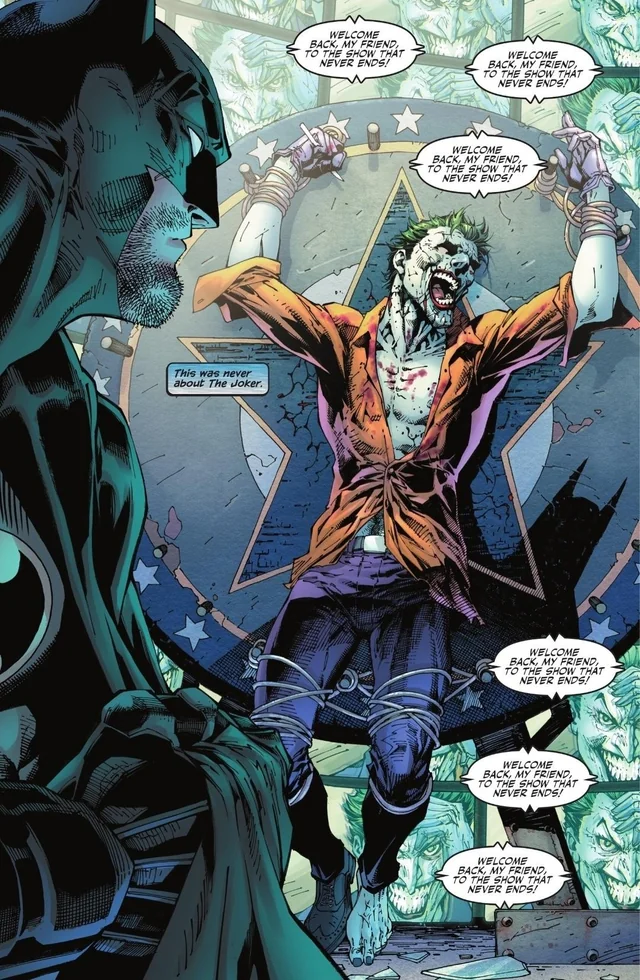
As the issue closes, the sense of unease lingers. Gotham feels on the precipice of something catastrophic, and Batman is only beginning to understand the scope of what he’s facing. If Hush was about testing Batman’s limits—physically, mentally, and emotionally—then H2SH promises to push them even further.
For fans of Hush, this sequel is more than just a return to a beloved story; it’s an opportunity to see Batman, his allies, and his enemies through a new lens. Jim Lee’s art continues to capture the grandeur and grit of Gotham, while Loeb’s storytelling reminds us why his Batman stories have endured for decades. The return of Hush isn’t just about nostalgia—it’s about evolution. And as the mystery deepens, one thing is clear: Batman may have faced Hush before, but this time, the game has changed.


